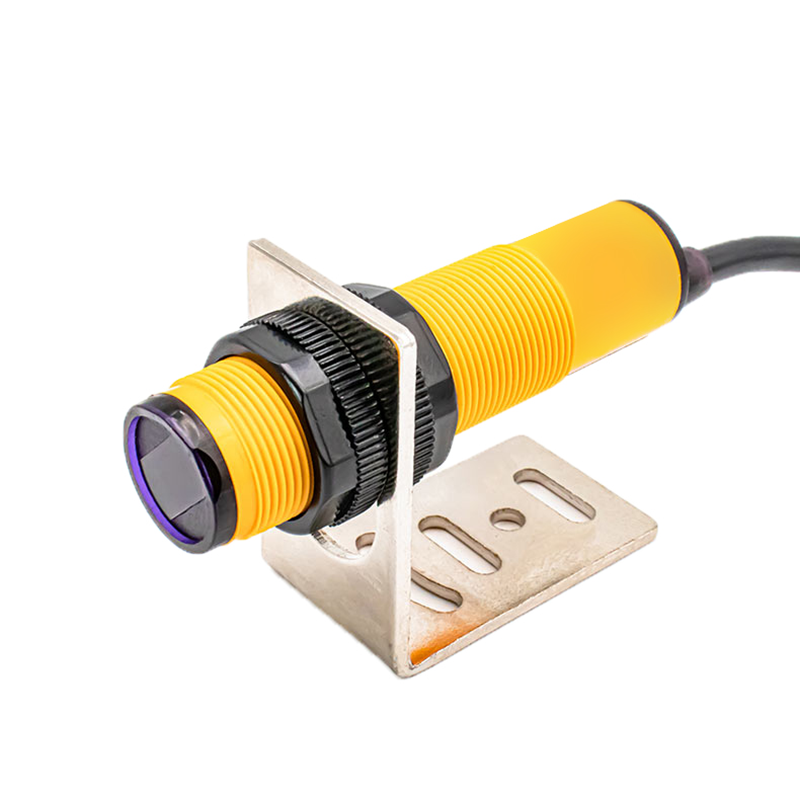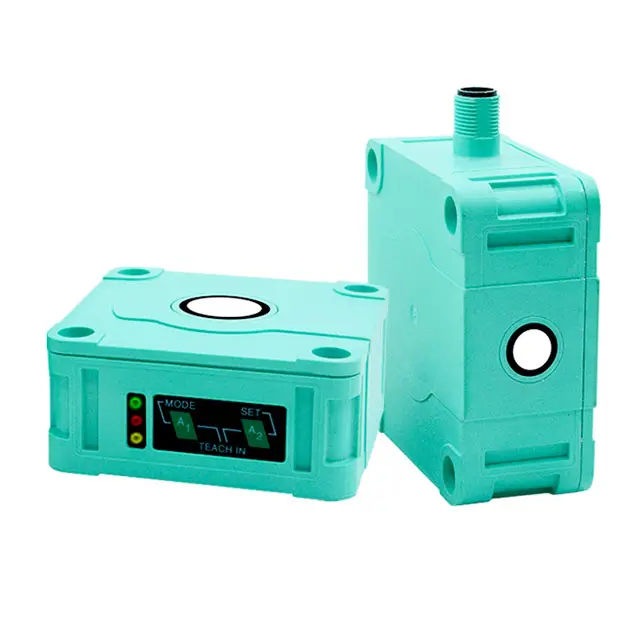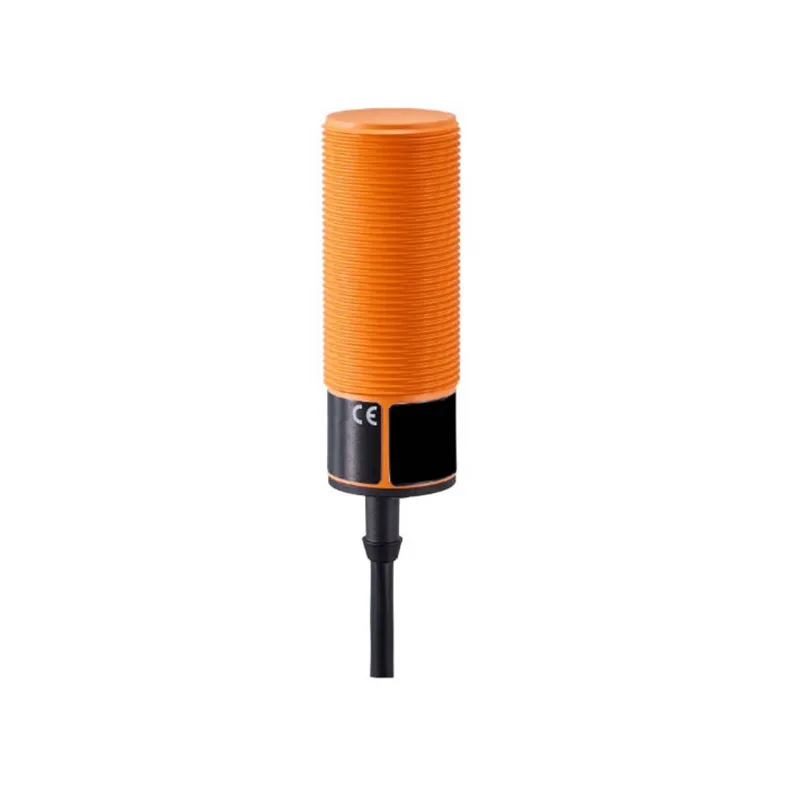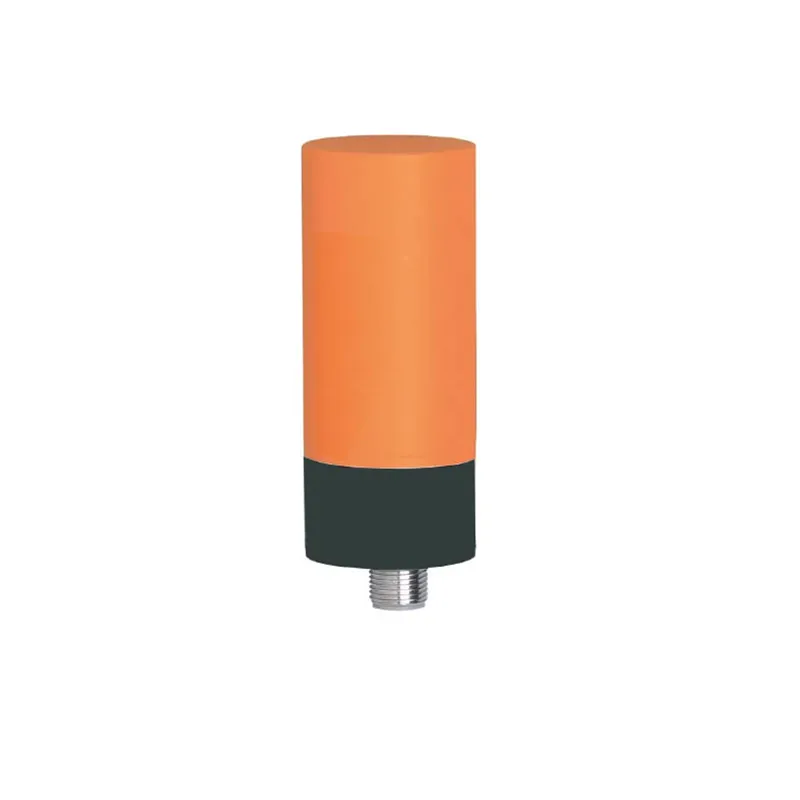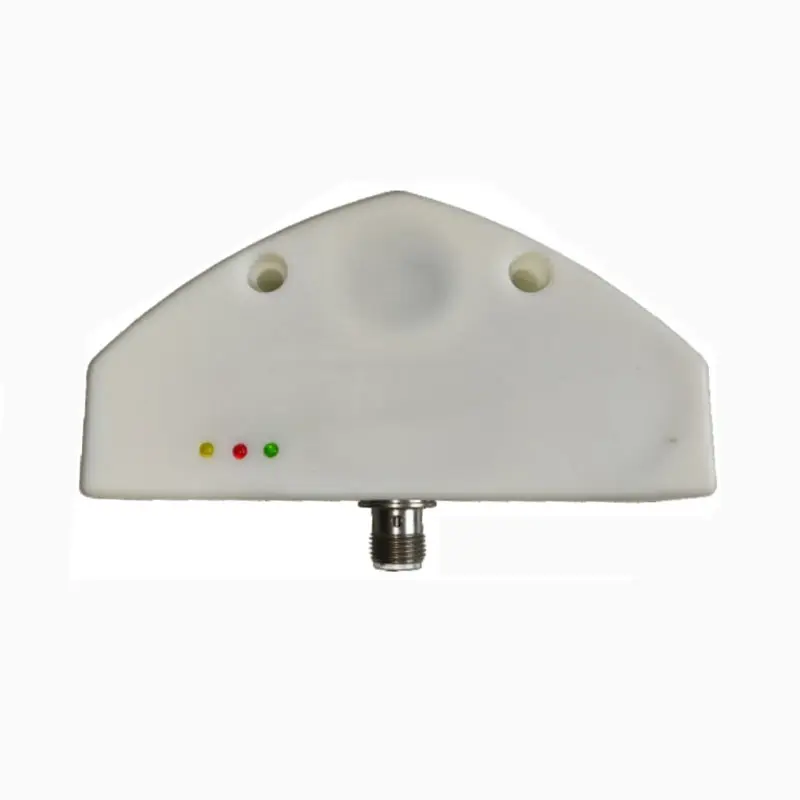sensor proximity inductive
The sensor proximity inductive represents a cornerstone of modern industrial automation technology, offering non-contact detection of metallic objects through electromagnetic field generation. This sophisticated device operates by creating a high-frequency electromagnetic field that changes when metal objects enter its detection zone. The sensor consists of an oscillator, a detection circuit, and an output amplifier, working in harmony to provide reliable object detection. When a metallic target approaches the sensor's active face, eddy currents are induced in the target, causing a loss of energy in the oscillator circuit. This energy loss triggers the sensor's output switch, signaling the presence of the metal object. Available in various sizes and configurations, these sensors offer detection ranges typically from 1mm to 40mm, depending on the model and target material. They excel in harsh industrial environments due to their robust construction and resistance to factors like dust, oil, and vibrations. The technology finds extensive application in manufacturing processes, conveyor systems, metal processing, automotive assembly, and packaging industries. One of the key advantages is their ability to operate through non-metallic materials, allowing for embedded installation in machinery where direct contact detection is impractical or impossible.

